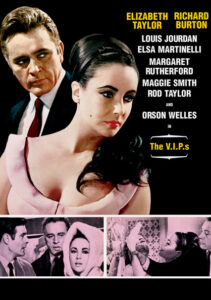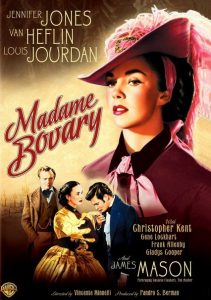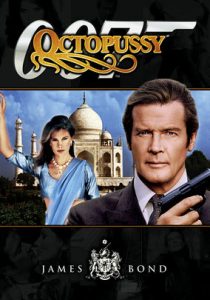Swamp Thing-1982
Director Wes Craven
Starring Adrienne Barbeau, Louis Jourdan, Ray Wise
Scott’s Review #1,445
Reviewed October 14, 2024
Grade: B+
Wes Craven’s murky swampland, Adrienne Barbeau’s cleavage, and a battle of good versus evil make Swamp Thing (1982) a titillating watch.
It is marketed as a superhero movie and contains a famous cover art shot of the ‘swamp thing’ carrying a scantily clad Barbeau across a swamp. This is warranted since it is adapted from a DC Comics character of the same name.
Swamp Thing is pure camp and makes no bones about it.
There’s not a lot that is interesting from a story perspective other than a run-of-the-mill plot. The bad guy greedily plots to take over the world with a mysterious serum and is conquered.
But, the visuals make Swamp Thing atmospheric, the bizarre romance works, and Barbeau carries the film making it an entertaining one hour and thirty-one minutes.
Dr. Alec Holland (Ray Wise) is a botanist on the verge of a breakthrough to wipe out world hunger when special government agent Alice Cable (Adrienne Barbeau) arrives on the scene to protect him from a threat.
A brief flirtation ensues between the pair.
Psychotic scientist Anton Arcane (Louis Jourdan) wants to steal Holland’s research for his fame. An unforeseen accident during the heist turns Holland into the Swamp Thing, an enormous plant-like creature that fights back against Arcane’s henchmen to save Alice.
Swamp Thing hints at Craven’s notoriously dark revenge film, The Last House on the Left (1972) though nowhere near as dark as that film.
The exterior settings resemble each other despite being filmed in different locales and characters frequently charge or flee the woodsy atmosphere in peril. Watching on a streaming service provided a grainy video which enhanced a rawness that helped the film look less cartoonish.
A repeated watch might need better video production to notice subtleties missed during its first viewing.
I can’t be critical of Swamp Thing because it’s an enjoyable experience.
The early romance between Alice and Alec is nice though limited. I confess to nearly being teary-eyed during a tender moment between Alice and ‘Swamp Thing’, now played by Dick Durock. After Alice is shot in the breast she is tenderly healed and held by the creature.
Speaking of breasts, Barbeau bares them during a scene where she bathes in the swamp. The intent is sensational and to showcase her ‘girls’ as much as her running around or being chained in a low-cut dress is.
Being a fan of Barbeau’s this didn’t bother me as much as it should have but where were the scantily clad men? They didn’t exist.
Also laughable is Barbeau as ‘damsel in distress’ when the actress is well known for tough girl roles like Rizzo in Grease or Maggie in John Carpenter’s Escape from New York made only a year earlier.
As she meekly cried out for help I couldn’t help but chuckle inside, especially since her character is part of a government security team sent to protect.
Jourdan is excellent as the evil Anton playing the role over the top like standard superhero villains. This proves successful as we cheer on his ultimate demise.
The musical composer Harry Manfredini also scored most of the Friday the 13th film series (1980-2001) which is easy for fans with a knack for spotting eerie yet 1980s-based soundtracks.
Swamp Thing (1982) may not be a cinematic genius but there is enough to enjoy for the average viewer, especially early superhero fans. Barbeau and Craven make the film better than it would have been without them.



